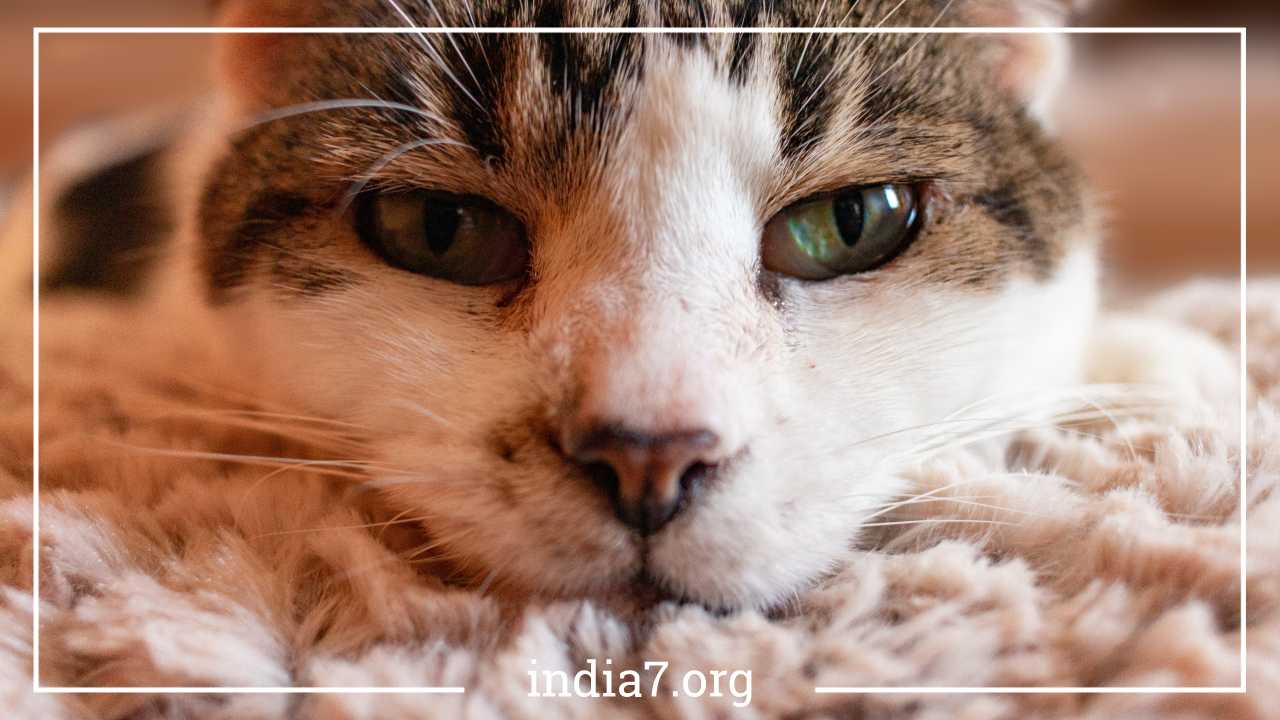Cat Health Guide: Common Problems, Causes, Symptoms, Prevention, and Treatment

Cat Health
Cats are beloved pets in many households around the world. Their playful antics, independent nature, and affectionate behaviors make them excellent companions. However, like any living creatures, cats are susceptible to various health problems. Whether you’re a new cat owner or have had feline companions for years, it’s essential to be aware of the common health issues that can affect your furry friend.
This comprehensive guide will delve into the most prevalent cat health problems, their causes, symptoms, prevention measures, and treatment options, offering you valuable insights into keeping your feline friend happy and healthy.
Worms: Silent Intruders in Your Cat’s Gut
Worm infestations are among the most common health problems in cats. They can affect cats of all breeds and ages. There are several types of worms that can infect your feline friend, with tapeworms, roundworms, and hookworms being the most frequent culprits.
Causes:
- Tapeworms: Cats can contract tapeworms by ingesting infected fleas or by consuming small rodents like mice that carry tapeworm larvae. The tapeworm attaches itself to the cat’s intestines and can grow quite long, leading to potential health issues.
- Roundworms: Kittens often contract roundworms from their mother’s milk or while in the womb. Adult cats can also acquire roundworms through ingestion of infected prey or contaminated feces.
- Hookworms: These parasites can enter a cat’s system through ingestion, skin penetration, or even by ingesting the larvae. They attach themselves to the intestinal lining, causing various health problems.
Symptoms:
- Weight loss
- Vomiting
- Diarrhea
- Lethargy
- Visible worms or worm segments in the cat’s feces
- Bloated abdomen
- Anemia (in the case of hookworms)
Prevention and Treatment:
- Regular veterinary check-ups: Routine check-ups can help detect and treat worm infestations early.
- Deworming: Your vet can recommend a deworming schedule appropriate for your cat’s age and lifestyle.
- Flea control: Preventing flea infestations reduces the risk of tapeworms.
- Hygiene: Maintain a clean living environment to minimize the risk of infection.
Hairballs: The Grooming Dilemma
Hairballs are another common issue that many cat owners encounter. Cats are meticulous groomers, and they often swallow loose hair during their grooming routines. While most of this hair passes through the digestive system and exits in the stool, sometimes it accumulates and forms hairballs.
Causes:
- Cats groom themselves daily, leading to the ingestion of loose fur.
- Hair doesn’t always pass smoothly through the digestive tract, especially if there’s a significant amount of it.
Symptoms:
- Frequent coughing or hacking, often followed by the expulsion of a hairball.
- Reduced appetite or vomiting.
- Lethargy or discomfort.
Prevention and Treatment:
- Regular brushing: Brushing your cat 2-3 times a week can help remove loose hair, reducing the likelihood of hairball formation.
- Specialized cat food: There are commercial cat foods formulated to control hairball formation.
- Laxatives or hairball remedies: These products can help your cat pass hairballs if they are experiencing blockages.
Urinary Tract Infection (UTI): A Painful Predicament
Urinary tract infections are common in cats, and they can cause discomfort and distress. Male cats, especially those that haven’t been neutered, are more prone to UTIs, but females can also suffer from them.
Causes:
- Bacterial infections that affect the urinary tract.
- Crystals or stones in the urinary tract.
- Stress, obesity, and other factors can contribute to UTIs.
Symptoms:
- Frequent urination with small amounts of urine.
- Blood in the urine.
- Straining while urinating.
- Vocalizing or signs of pain when using the litter box.
- Strong-smelling urine.
- Excessive grooming of the genital area.
Prevention and Treatment:
- Adequate hydration: Ensure your cat has access to fresh water at all times.
- High-quality cat food: Feeding your cat a balanced diet can help prevent UTIs.
- Regular litter box maintenance: Keep the litter box clean and provide multiple boxes for multi-cat households.
- Consult your vet: If you suspect a UTI, consult your veterinarian for diagnosis and treatment, which may include antibiotics and dietary changes.
Feline Leukemia: A Lethal Threat with a Preventative Solution
Feline leukemia is a viral disease that was once a leading cause of death in cats. However, today, there are vaccines available to prevent its spread and provide protection.
Causes:
- Feline leukemia virus (FeLV) is responsible for this disease.
- Close contact with infected cats, such as grooming, biting, or sharing food and water bowls, can spread FeLV.
Symptoms:
- Lethargy
- Loss of appetite
- Weight loss
- Enlarged lymph nodes
- Anemia
- Frequent infections
Prevention and Treatment:
- Vaccination: Cats can receive the FeLV vaccine to prevent infection.
- Isolation of infected cats: Keep infected cats away from uninfected ones to prevent transmission.
- Regular veterinary check-ups: Routine exams can help detect FeLV early when it’s more manageable.
- Supportive care: If a cat contracts FeLV, supportive care, including medication and a comfortable living environment, can improve their quality of life.
General Preventative Measures for Cat Health
While the above health problems are common in cats, there are general preventative measures that can help keep your feline companion in the best possible health:
- Regular Veterinary Check-ups: Schedule routine visits to your veterinarian, ideally at least once a year. These check-ups can catch health issues early, allowing for timely intervention.
- Vaccination: Keep your cat up to date on vaccinations. Vaccines protect against various diseases, including rabies, distemper, and feline leukemia.
- Dietary Management: Feed your cat a balanced and appropriate diet based on their age, breed, and activity level. High-quality cat food can prevent many health problems.
- Hydration: Ensure your cat has access to clean, fresh water at all times. Proper hydration is essential for kidney health and overall well-being.
- Exercise: Encourage regular exercise through interactive play and providing toys that stimulate physical activity. Exercise helps maintain a healthy weight and promotes mental stimulation.
- Oral Health: Dental problems are common in cats. Brush your cat’s teeth regularly and provide dental treats or toys to reduce the risk of dental disease.
- Parasite Control: Keep up with flea and tick prevention measures. In addition to worms, fleas and ticks can transmit diseases to your cat.
- Spaying/Neutering: Consider spaying or neutering your cat to prevent unwanted litters and reduce the risk of certain health issues.
- Stress Management: Minimize stressors in your cat’s environment. Cats are sensitive to changes, and stress can lead to various health problems.
- Indoor Living: Consider keeping your cat indoors to protect them from outdoor hazards like traffic, predators, and infectious diseases.
Conclusion
Cats are wonderful companions, but their health requires vigilant care. Understanding the common health problems that can affect your cat, along with their causes, symptoms, prevention measures, and treatment options, is crucial to ensuring your feline friend enjoys a long, happy, and healthy life. By following preventive measures and seeking prompt veterinary care when needed, you can provide your cat with the best possible chance for a vibrant and disease-free existence. Remember, your cat’s health and well-being are in your hands, and the bond you share is worth the effort to keep them thriving.



